
Launching the Queen’s Award for Voluntary Service website in just over a month
Bit Zesty won the tender to develop a new QAVS website for DCMS. Find out how we launched it in just one month.
Showing 43 posts tagged with UX & Design

Bit Zesty won the tender to develop a new QAVS website for DCMS. Find out how we launched it in just one month.
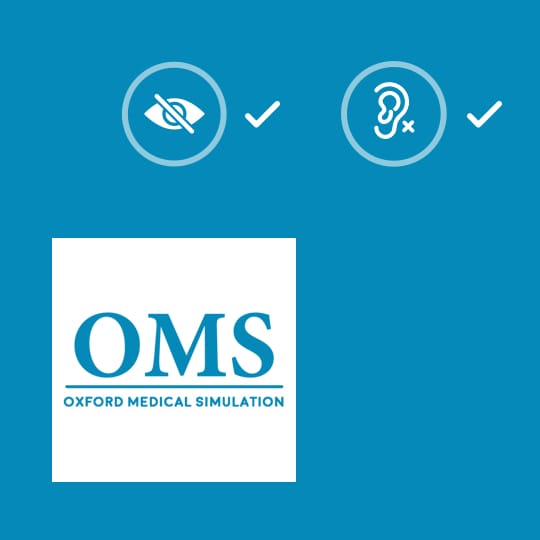
Background Oxford Medical Simulation (OMS) provides virtual reality software to healthcare organisations and universities as a more affordable and convenient alternative to other forms of medical training. Bit Zesty has been working with OMS since 2017 to build and maintain the web application that
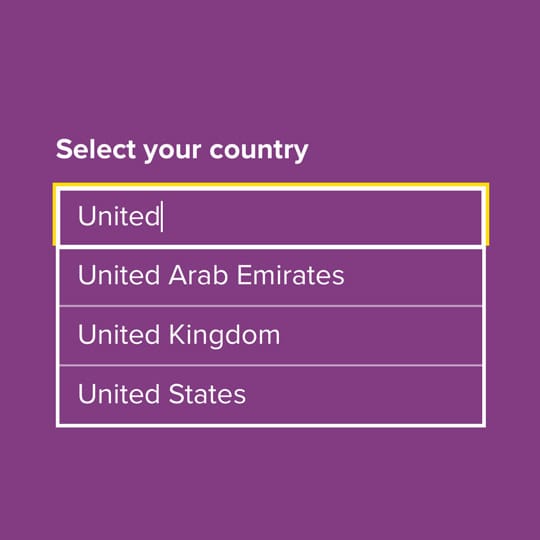
Whilst we were upgrading our web applications to meet the Web Content Accessibility Guidelines (WCAG) 2.1, we noticed that the javascript library we were using to enhance the behaviour of some select boxes was not fully accessible.

As we enter a new decade, our in-house agency experts look ahead to anticipate how the technology trends, shifts in user experience and design, and ways of working will define how digital services will develop and how organisations will change in the coming years. Laura…

The rise of inclusive design is putting accessibility at the heart of new laws and legal precedents – and the most successful digital products and services. Accessibility still seems to be one of the biggest buzzwords in the industry. Every industry conference and awards event…

Bit Zesty won two awards at this year’s UXUK Awards! Our SXT digital partner notification tool won in both the Best Public Sector and Best Innovation categories at an awards ceremony in London. The User Experience UK (UXUK) Awards were established in 2013 to recognise…
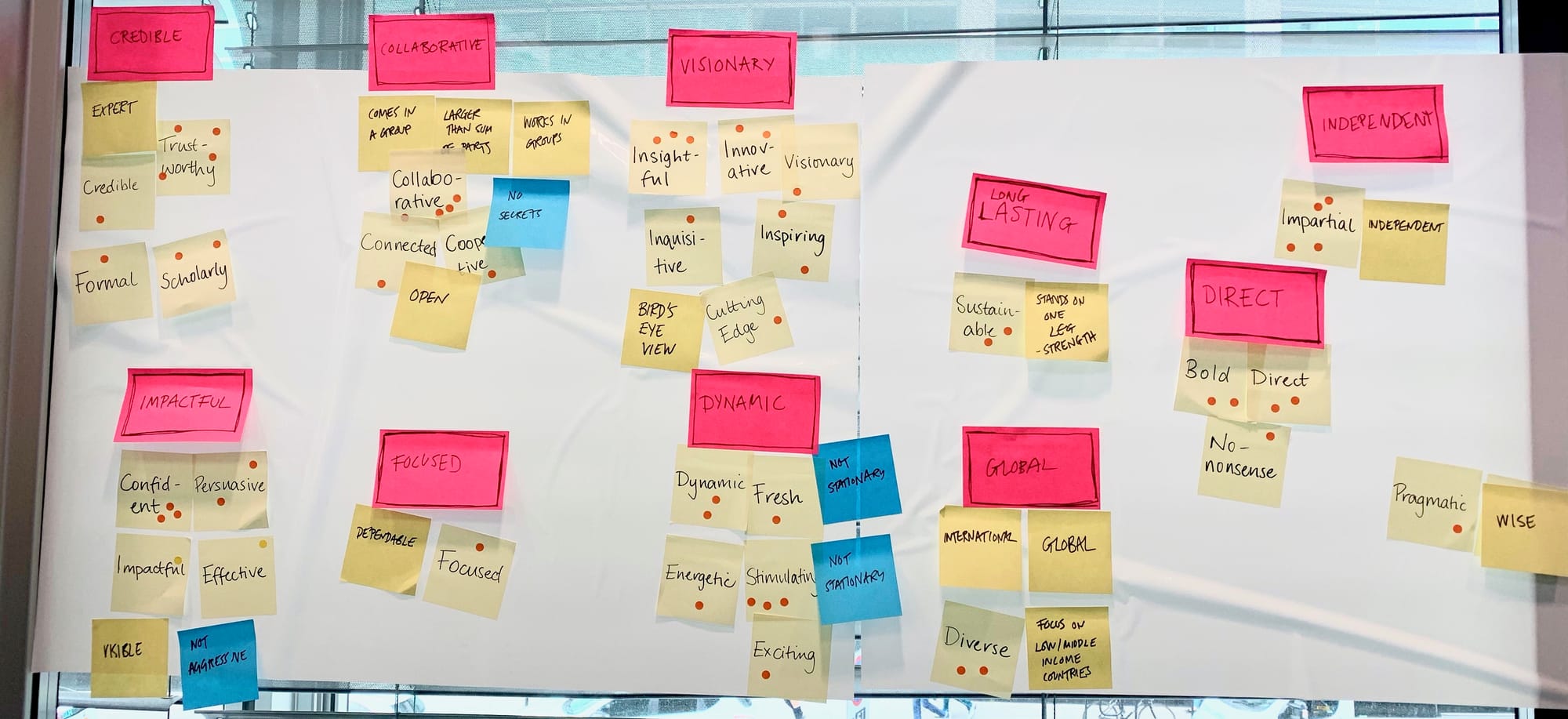
The think tank for drug-resistant infections, SEDRIC, launched its new brand identity and website created by Bit Zesty this month. SEDRIC is The Surveillance and Epidemiology of Drug-resistant Infections Consortium. Funded by research charity Wellcome, the think tank brings together global experts
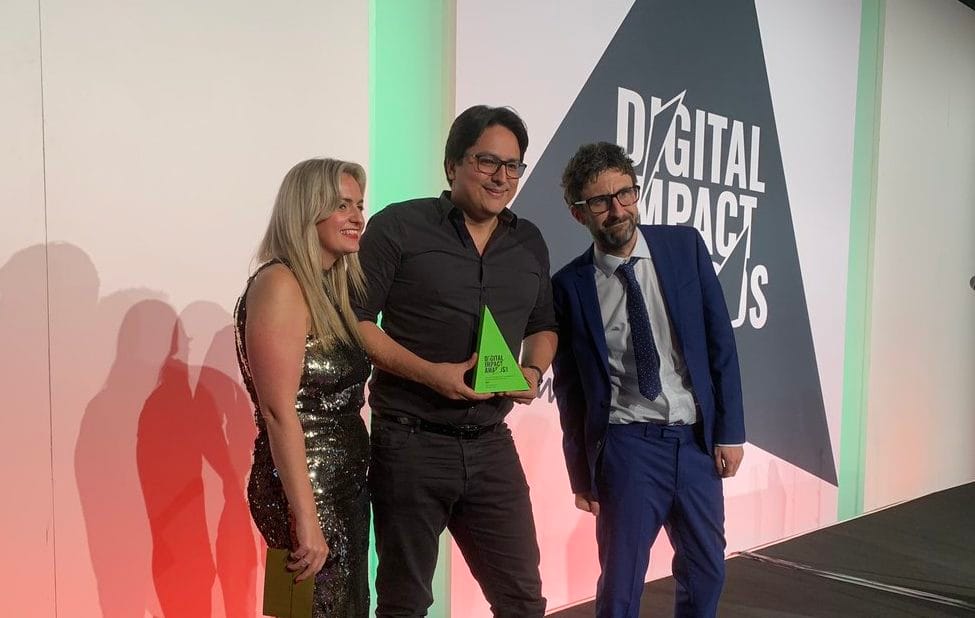
We’re excited to tell you that Bit Zesty has been awarded Gold for its work with SXT in the Digital Impact Awards 2019 in the ‘best use of digital from the healthcare and pharmaceuticals sector’ category – the 10th award for our SXT project. The…
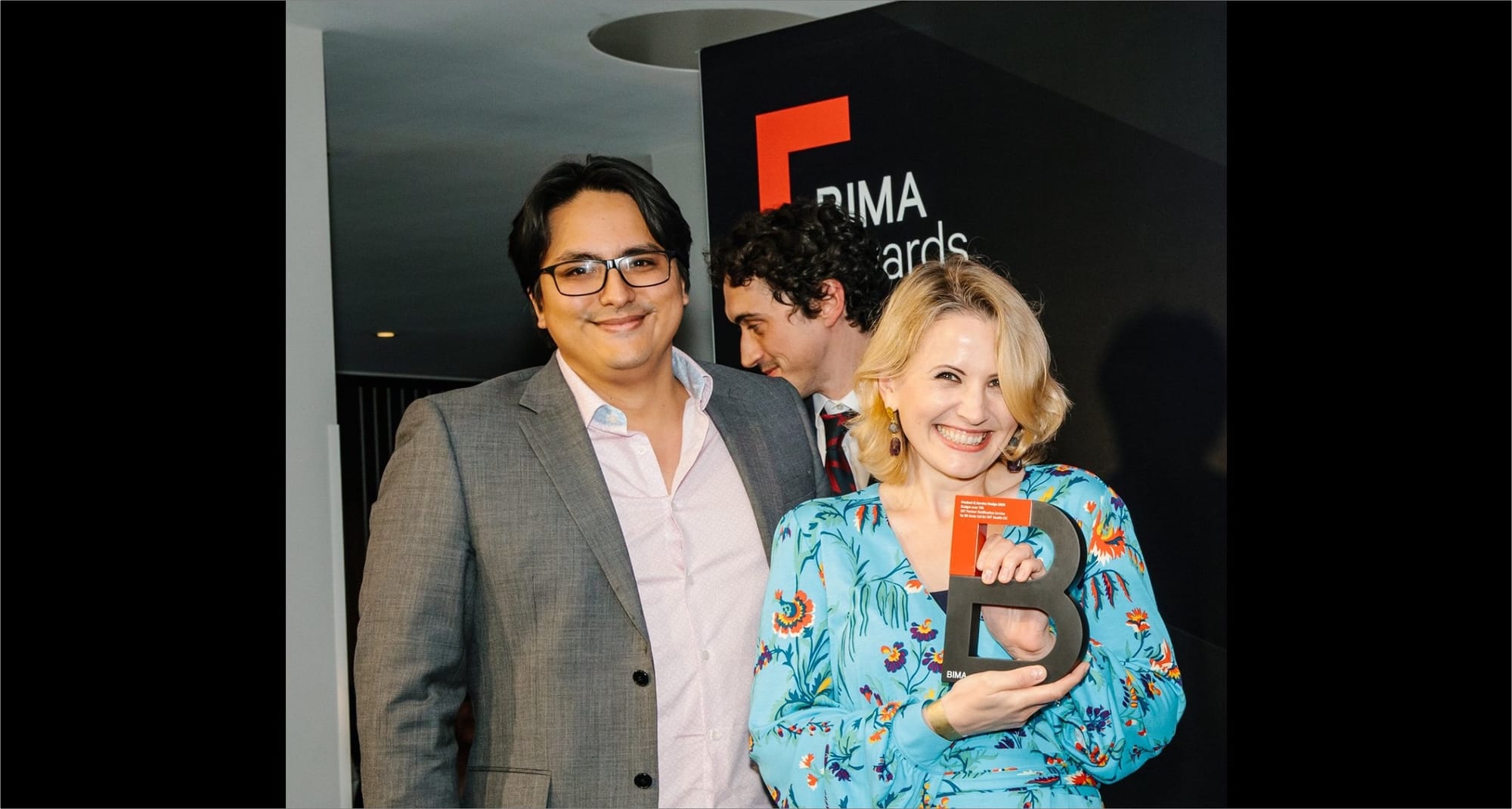
The past few days, the team at Bit Zesty has been walking around with a permanent slightly dazed smile on our faces. On Wednesday we picked up a much-coveted BIMA award in Product and Service Design. It’s a dream come true! Back in July, when…
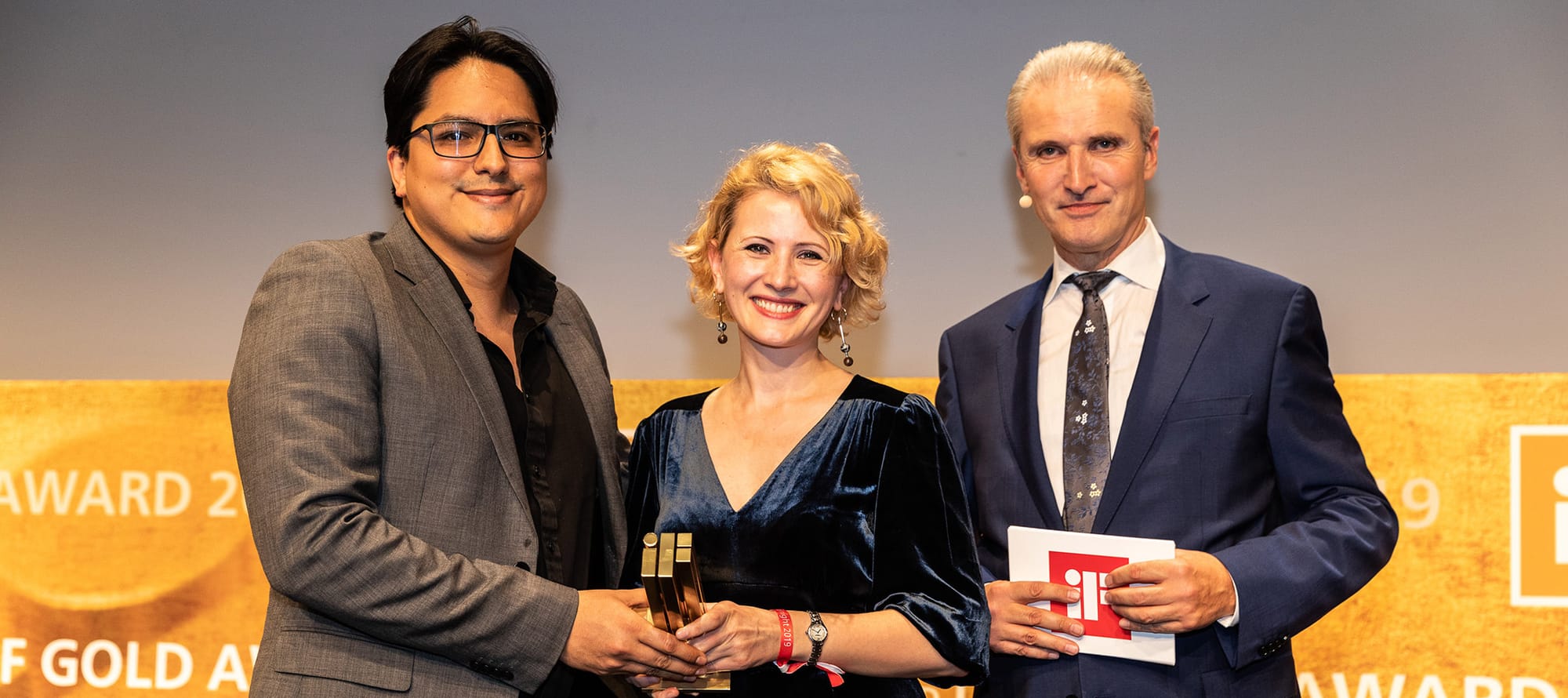
We’re honoured to have won a gold award at the iF Design Awards on 15th March in Munich, Germany. The award was given in the Service Design/UX category, for the Partner Notification Tool we created with SXT. The annual iF awards have run for over…
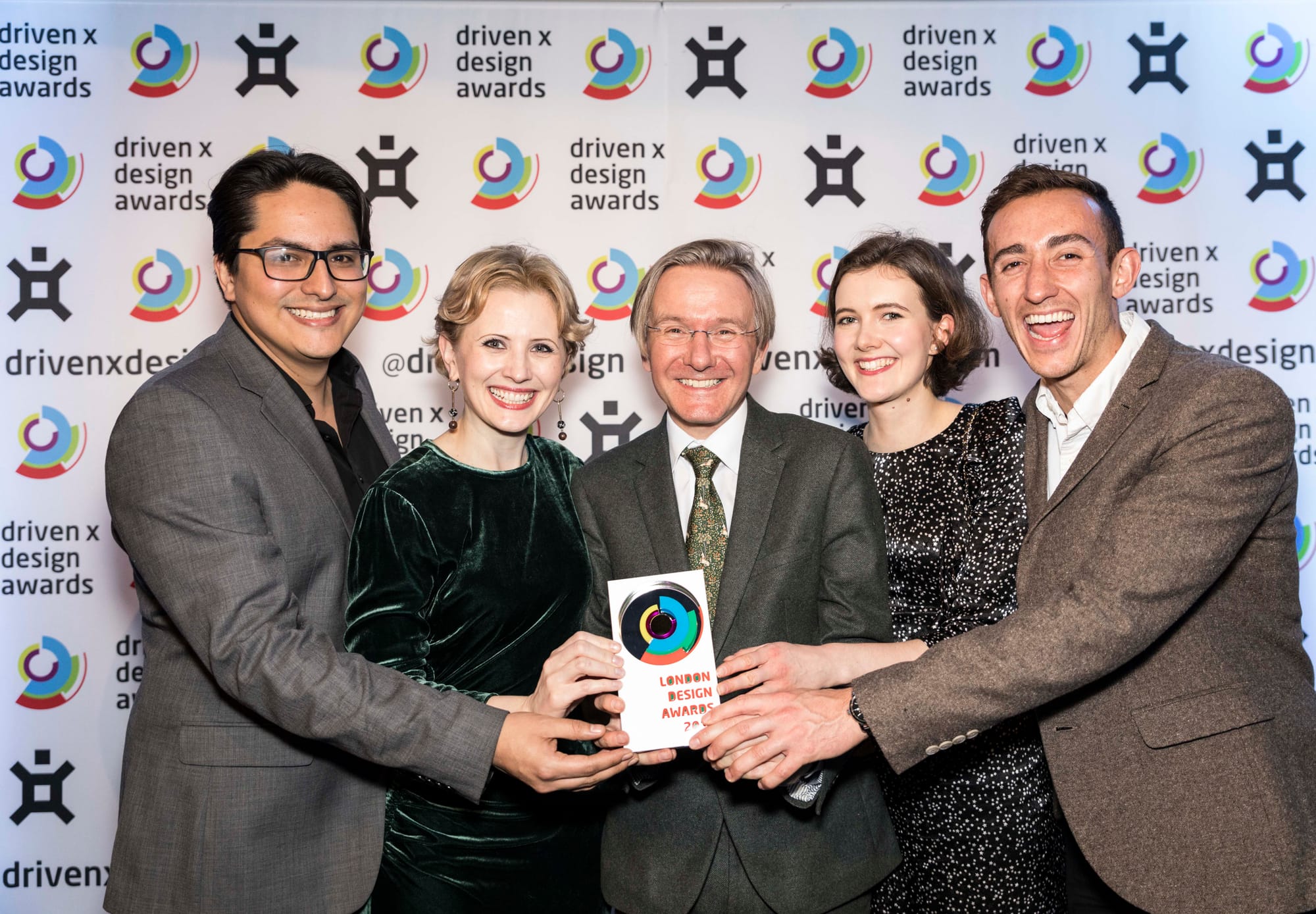
We are delighted to have received a 2018 London Design Award for our work with SXT and we are especially proud to have won silver in the category ‘Digital – Health’. Last week, the London Design Awards 2018 ceremony was held at the centre of…
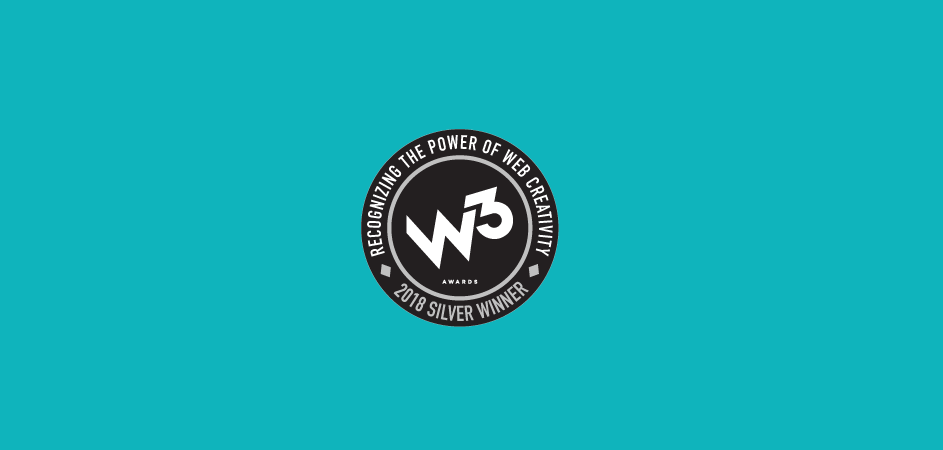
3rd October 2018 –The winners of the 13th Annual W3 Awards have been announced by the Academy of Interactive and Visual Arts. Receiving over 5,000 entries from across the globe, the 13th Annual W3 Awards honours outstanding digital work, including Websites and Mobile Sites/Apps, created…

We are pleased to announce that we’ve been shortlisted for the DRIVENxDESIGN London Design Awards 2018 for our work with SXT. DRIVENxDESIGN is a global community of designers, thinkers, strategists, and design lovers. Every year, they host design awards across major international cities (including L
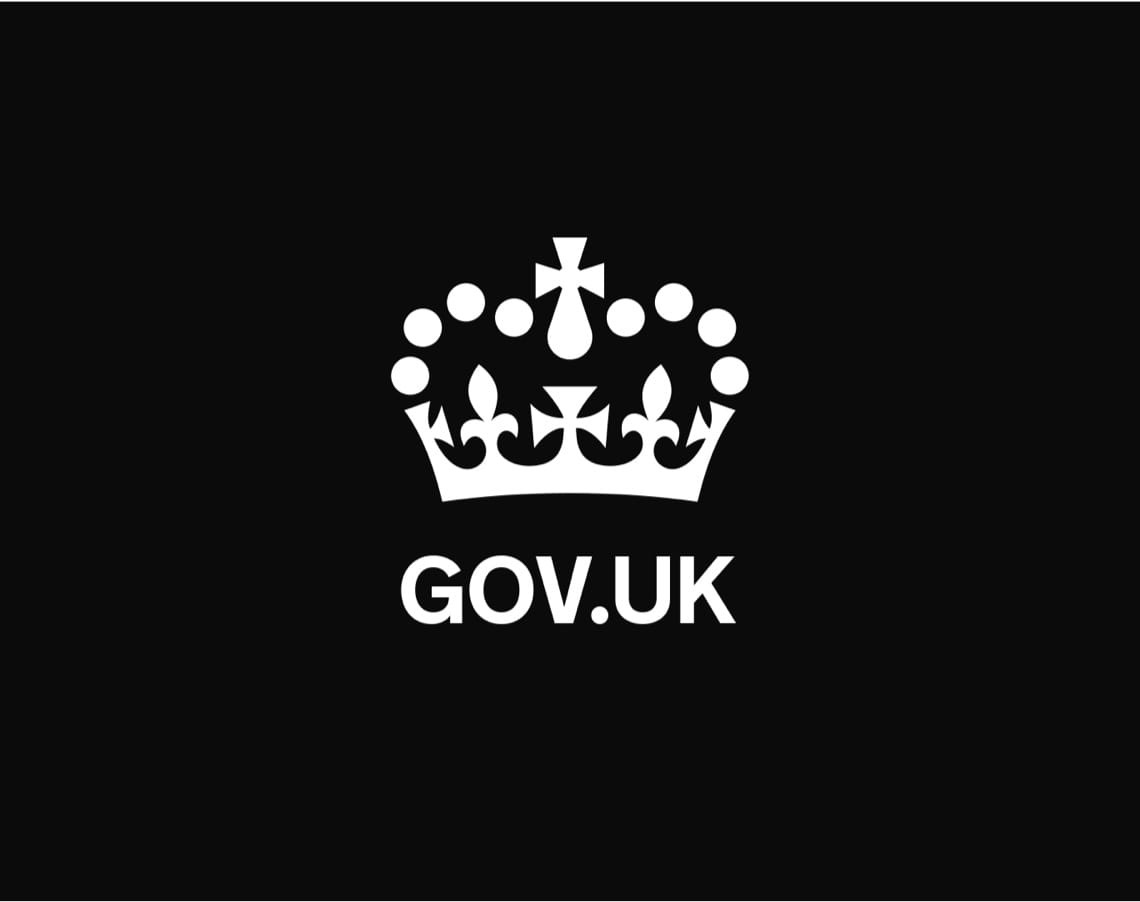
When it comes to the principles behind creating any of our digital products, the Bit Zesty team follows many of the practices set out by the UK Government’s Digital Service Standard – a set of eighteen criteria for ensuring that all government departments create streamlined,…

SXT and Bit Zesty have successfully launched a new patient appointment bookings system across London sexual health clinics. The team at Bit Zesty recently undertook new work in their ongoing partnership with client SXT, an organisation working to prevent the spread of STIs by enabling…

Service blueprints, along with user journey mapping, have become one of our primary tools when designing digital services. In this post, I want to give a quick overview what service blueprint is and touch on why we find it useful. If you google ‘service blueprint’,…

This is the last post in a three part series on redesigning a massive information architecture. The previous post explored how you can use card sorting to begin the redesign of your IA. It is the precursor to this post. Now that you’ve finished your…

This is the second in a three part series on redesigning a massive information architecture. In the first part we gave an overview of our process. When faced with a massive information architecture overhaul, it’s difficult to make that first step towards a redesign. Let’s…

We’re delighted to announce that we’ve been shortlisted for an award by Interaction Design Association (IxDA). Every year, IxDA hosts the Interaction Awards – an annual celebration of design thought leadership and innovation. The awards showcase projects from around the world that use interaction de

We’ve all been on websites that make it difficult to find what you’re looking for, and it’s usually a frustrating experience. On the other hand, a well-structured website can be a joy to use. That’s why Information Architecture (IA) – organising information in a way…
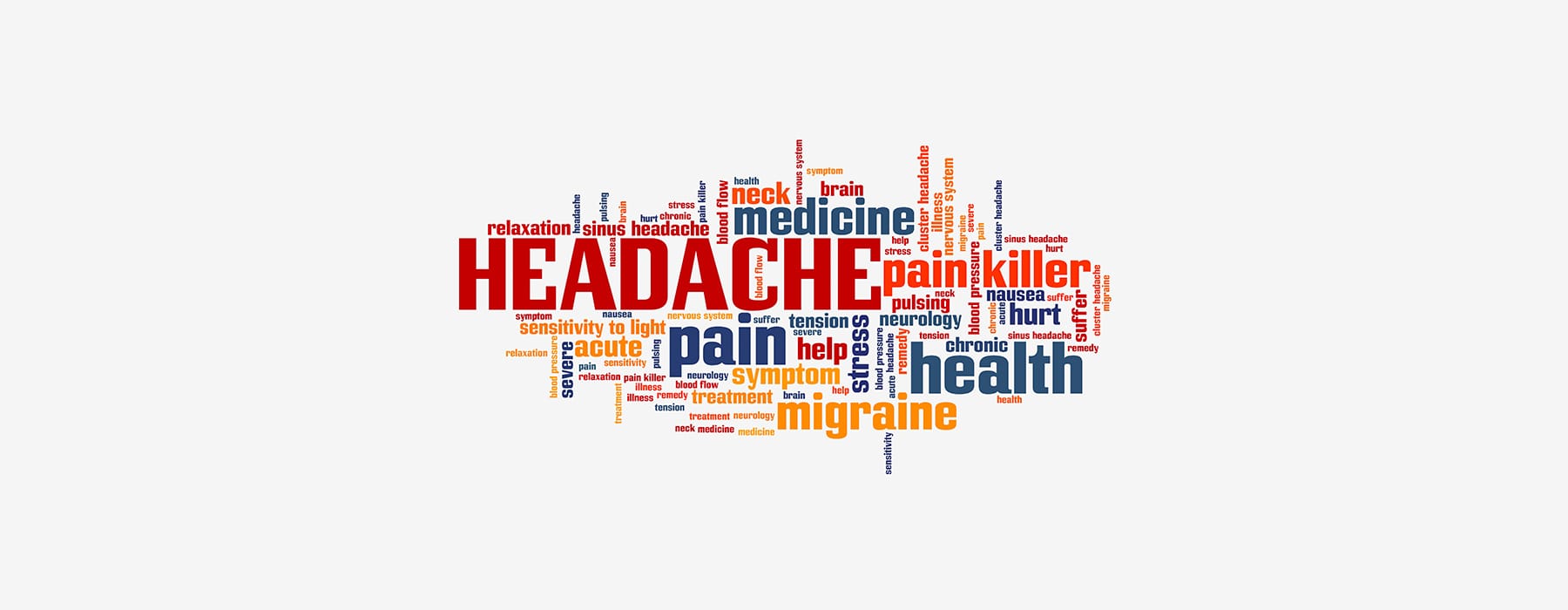
This is the last post of a three part series on UX design for the medical sector. When creating a digital solution for medtech, it’s important to think carefully about the language used. Your words need to guide patients and professionals through important details, without…

This is the second of a three part series on UX design for the medical sector. In the first part we discussed streamlining the user experience. When designing a digital health product, it’s important to help users feel trust and confidence in your app. After…
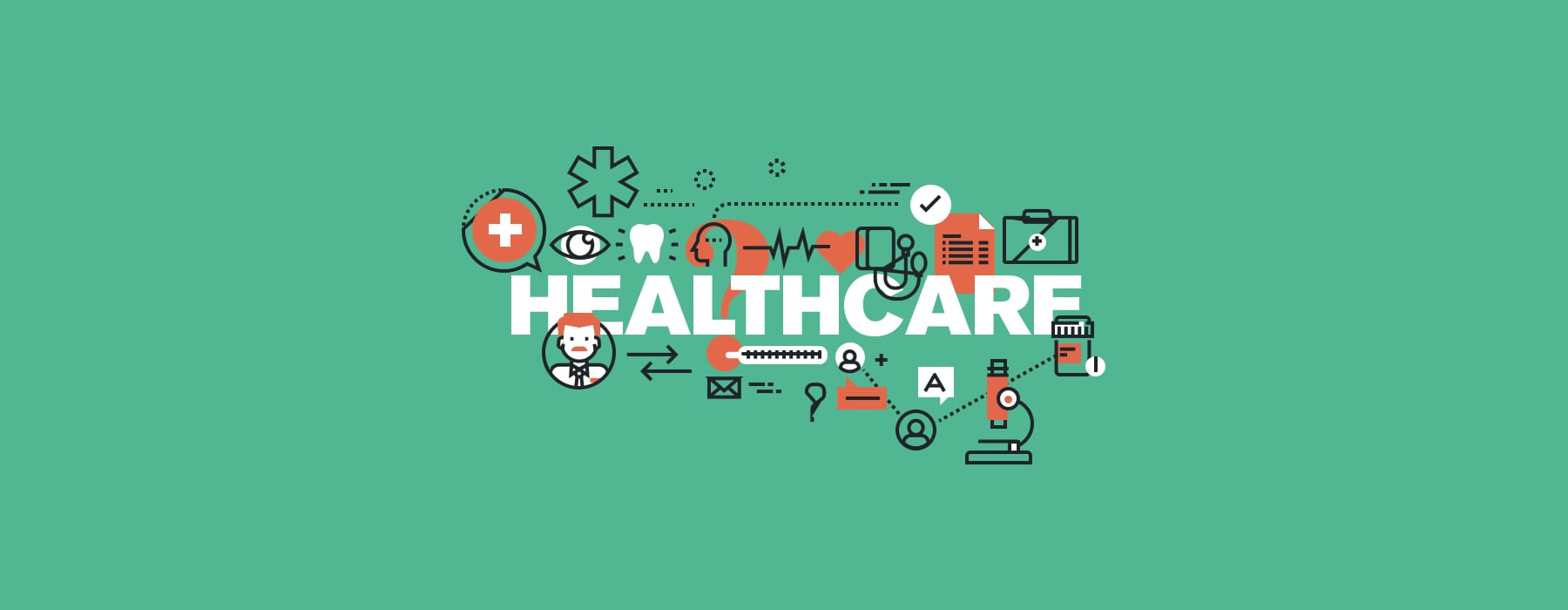
Part one of a three part series on UX design for the medical sector. Tech companies operating in the medical sector today have fantastic opportunities for innovation. In an industry where saving time, communicating clearly and sharing data can save lives, technology can help healthcare…

In my last blog post I looked at web form design and layout best practices to improve usability. In this post I’m going to look at what you should consider when adding fields and labels to your web form. Offer friendly inline validation Traditionally, form…

In my previous blog posts I discussed some of the best practices for designing web forms and then expanded on form fields and labels. In this post I’m going to look at what you can do when you have to create a long or complex…

Good forms create great experiences. Today, online forms are a key touchpoint between the user and an organisation. Many of us use forms every day – registering on a website, buying something online, or completing an application form. In this blog post I’ll discuss some…
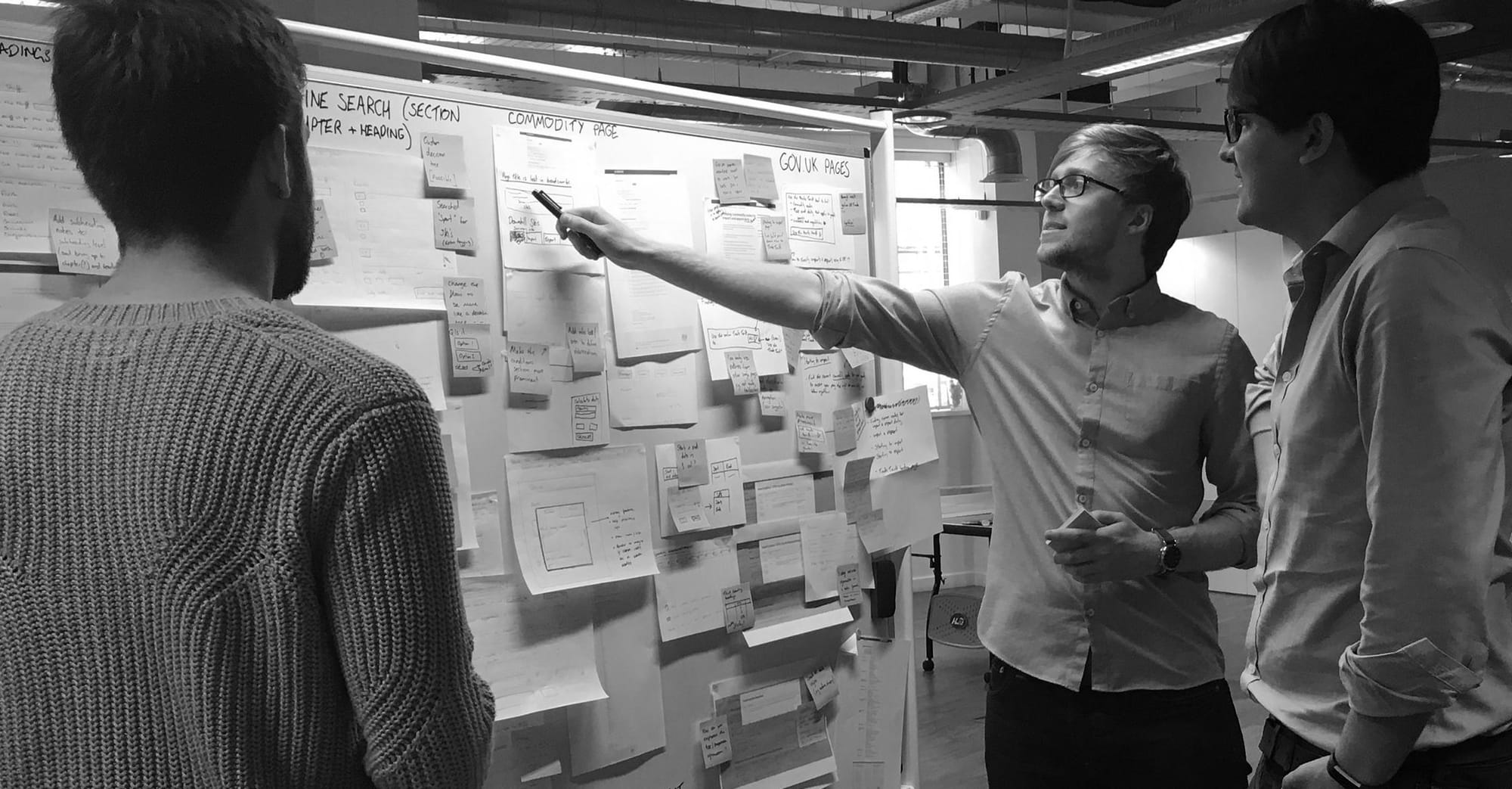
Back in 2012 we built the Trade Tariff digital service for Her Majesty’s Revenue and Customs (HMRC). The service allows people to look up key information on importing and exporting different types of goods. HMRC recently asked us to run a “rediscovery” for the service. We…

At Bit Zesty, we take an agile approach to running projects. Agile projects start with a “discovery” phase. This is when you find out who your users are and what they need from your service. But over time these things can, and do, change. At…

SXT Health is a social enterprise whose mission is to improve access to sexual health information and services across the UK. At the beginning of 2015, they made the decision to further expand their digital offering and after the initial Discovery phase, it was decided…

SXT Health is a social enterprise whose mission is to improve access to sexual health information and services across the UK. Having worked with us for around five years (in which time we’ve designed and built two applications) Bit Zesty was the SXT team’s first…

The Queen’s Awards for Enterprise are some of the most prestigious business awards in the country. They’re highly competitive, with a large number of applicants and a rigorous application process. So when we were selected to rebuild their software, we were very excited. However, every…

This is a second post in the series on how we followed Government Digital Services (GDS) Service Design Phases for the rebuild of The Queen’s Awards for Enterprise service. You can learn more about the background of the project, Discovery and Alpha phases in the…

Government Digital Service (GDS) was set up in 2011 by Cabinet Office with a task to transform the provision of government digital services by putting users’ needs before the needs of government. We have been lucky enough to work with GDS since early 2013 and…

Perhaps the most unique feature of GOV.UK is the single-mindedness with which it puts content first. And when you’re making a new service – as we have been with the new Queen’s Awards for Enterprise application – it’s important that your content will sit…

The rebuild of the web app for the Queen’s Awards for Enterprise has seen a number of iterations, and across those iterations the application has changed in its design, layout and content. Our research team for the QAE project remained consistently active from the initial…

We’ve spent four months working to rebuild the web app behind the Queen’s Awards for Enterprise. The prestigious business awards moved their application process online couple of years ago, so we had a natural starting point – the old system. But although you can learn…

Regardless of the ever-increasing ubiquity of User Experience Design, many businesses still are often unsure as to whether it will actually benefit them. In this blog post, I hope to provide an overview of what UX can mean for a digital business, whether it’s a…

In an interview for the New York Times in 2003, Steve Jobs presented his interviewer with one of the most quotable lines of the Apple main man’s career: “Design is not just what it looks like and feels like. Design is how it works too.”….

User Experience is a term that has been modelled and defined a thousand times, and many arguments have been started over its various nuances. UX, on some level, can be defined as the usefulness of a service, combined with its usability, combined with its aesthetic…

In the last two posts we considered how to organize search results and what to do if there are no results. This post will look at what information is displayed in the individual search listing. How we display individual search result items has a significant…

This is a follow up blog from Good UX Practices for Organizing and Filtering Search Results, where we considered the optimal ways to organize results. But what happens when a search doesn’t return anything? There are a variety of reasons why a search might come…

The purpose of the search facility is to help users find the specific information they are looking for. This ability is largely determined by the manner in which the results are displayed, making organizing and filtering an area of utmost importance in Search UX. This…

The search facility is one of the primary ways in which users interact with a website. When search form UX is implemented successfully, anyone should be able to quickly and easily find the information they’re looking for among the wealth of data a website contains….